- You have no items in your shopping cart
- Subtotal: ₦0.00
12V Relay 10A
₦500.00
The 12V Relay 10A is an electromechanical switch used for controlling high-power devices using a low-power signal. It is designed to switch loads up to 10A and operates with a 12V DC control signal. This relay is commonly used in automation systems, home appliances, industrial controls, and automotive applications.
Key Features:
- Capable of switching high currents up to 10A
- Operates with a 12V DC control signal
- Compact design suitable for various applications
- Provides electrical isolation between control and load circuits
- Durable and reliable performance
- Normally Open (NO) and Normally Closed (NC) contacts
Technical Specifications:
- Coil Voltage: 12V DC
- Coil Resistance: Approximately 400Ω
- Contact Rating: 10A at 250V AC or 30V DC
- Contact Configuration: SPDT (Single Pole Double Throw)
- Operating Temperature Range: -40°C to +85°C
- Dielectric Strength: 500V AC (between coil and contacts)
- Mechanical Life: 10,000,000 operations (minimum)
- Electrical Life: 100,000 operations (minimum)
- Dimensions: Varies by manufacturer, typically around 28mm x 12mm x 25mm
Applications:
- Home automation systems
- Industrial control systems
- Automotive electronics
- Home appliances
- Security systems
- Lighting controls
- Motor control
Usage:
- Connection:
- Connect the relay coil terminals to a 12V DC power supply. The coil terminals are usually marked.
- Connect the common (COM) terminal to the load circuit.
- Connect the normally open (NO) terminal to one side of the load and the other side of the load to the power source. The load will be powered when the relay is activated.
- Optionally, connect the normally closed (NC) terminal to control circuits that need to be disconnected when the relay is activated.
- Control:
- Apply a 12V DC signal to the relay coil to activate the relay. This will switch the contacts from NC to NO, allowing current to flow through the load.
- Remove the 12V DC signal to deactivate the relay and return the contacts to their default state (NC).
Caution:
- Ensure the coil voltage matches the control signal voltage to prevent damage to the relay.
- Handle the relay with care to avoid damage from electrostatic discharge (ESD).
- Avoid exceeding the contact rating to prevent overheating and damage to the relay.
- Ensure proper insulation and spacing when working with high-voltage circuits to avoid electrical hazards.
Datasheet:
For detailed technical specifications, refer to the manufacturer’s datasheet for your specific 12V relay model.
In stock
Be the first to review “12V Relay 10A”
You must be <a href="https://hub360.com.ng/my-account-3/">logged in</a> to post a review.


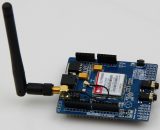
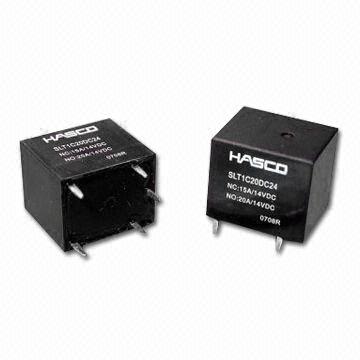
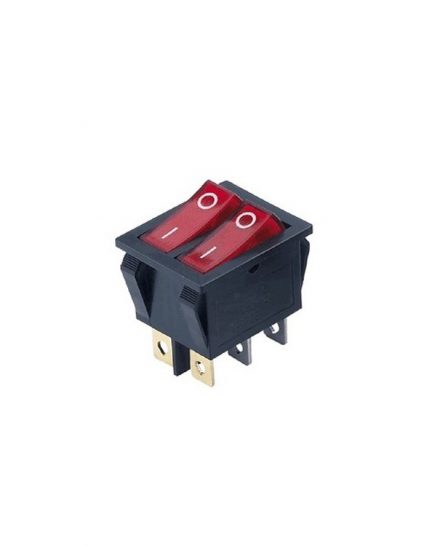


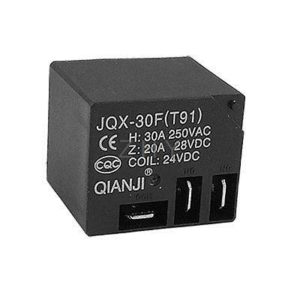


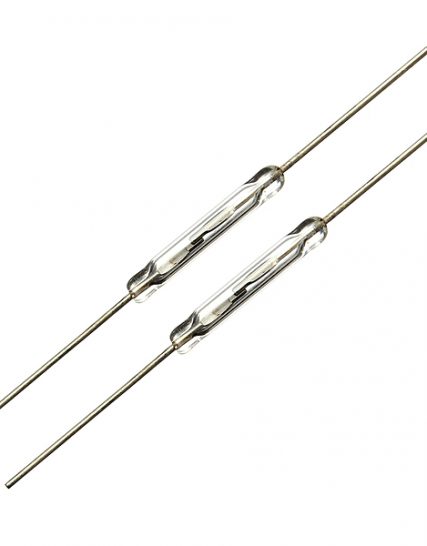
Reviews
There are no reviews yet.